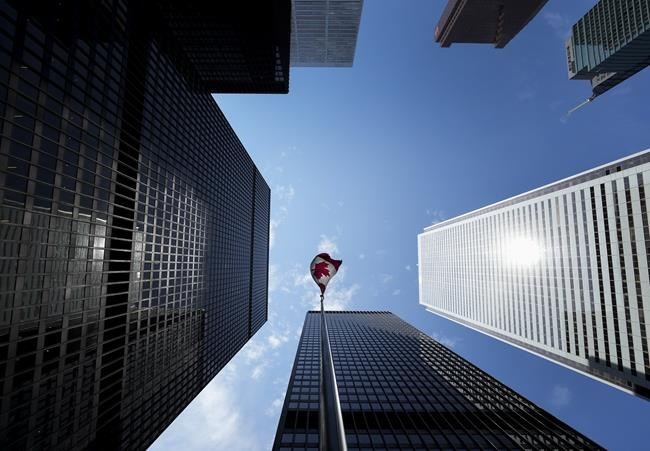sa╣·╝╩┤½├Į’s 100 highest-paid CEOs broke records with their compensation in 2022, according to the Canadian Centre for Policy Alternatives.
“The data this year is breaking new all-time highs,” said senior economist David Macdonald.
The organization’s annual report found that the CEOs, most of them men, were paid an average of $14.9 million, up from an average of $14.3 million in 2021.
That’s $7,162 an hour, 246 times more than what the average Canadian worker makes. Before the second day of the new year is over, the average CEO has already made the average worker’s yearly salary, the report said.
That gap widened in 2022, as the average worker saw their pay rise three per cent while CEOs’ pay rose on average by 4.4 per cent. Meanwhile, prices rose by 6.8 per cent that year, the report said.
“This is very much related to what's happening to corporate profits in 2022, similar to what happened in 2021,” said Macdonald. “It is a similar story of inflation driving profits, profits driving bonuses, and CEOs reaping the rewards.”
CCPA has been tracking CEO pay for about a decade and a half, said MacDonald. In the early days of the report, CEOs were making closer to 150 times what the average made, he said.
Most CEO pay comes not in the form of salary but in bonuses, company shares and stock options, said Macdonald — in fact, some CEOs don’t have a salary at all.
Halfway through 2021, the stock-option tax deduction was capped at $200,000, noted Macdonald. Perhaps as a result, awarding shares has become a bigger part of CEO compensation recently, he said.
The report looks at the pay of current and former Canadian CEOs in 2022 as well as executive chairs, a position that outranks CEO.
Topping the list was executive chairman J. Patrick Doyle of Restaurant Brands International Inc., the CCPA report said.
Doyle, whose company owns Tim Hortons, Burger King and Popeyes, made $151.8 million in 2022, the report said. His pay came exclusively in the form of share-based and option-based awards.
Coming in second was CEO Matthew Proud of Dye & Durham Ltd., who brought in $98.9 million solely through option-based awards.
CEO Seetarama (Swamy) Kotagiri of Magna International Inc. was a distant third, making $36.4 million through a combination of his salary, share-based and option-based awards, and non-equity incentive plan compensation.
The list includes leaders from a variety of sectors including financial, technology, energy, telecom and health.
Only four of the top earners are women — the same number as people named "Mark" and "Scott," the report said.
“This is a boys’ club,” said Macdonald.
The gap between average CEO pay and average worker pay is highest in Ontario, which holds almost half the people on the top-100 list, Macdonald said. The highest-paid CEOs in Ontario make 298 times the average Ontario worker, at $18.5 million.
The report recommends making new top income tax brackets, removing the corporate deductibility of pay packages over $1 million, introducing a wealth tax and increasing the capital gains inclusion rate.
Even though executive compensation is supposed to be tied to company performance, the weakening economy in 2023 doesn’t necessarily mean CEO pay will have weakened in step, said Macdonald. Profits have been lower in 2023, but companies have historically found other reasons to compensate CEOs, he said.
“It’s tails, I win, heads, I also win.”
This report by The Canadian Press was first published Jan. 2, 2024.
Rosa Saba, The Canadian Press



